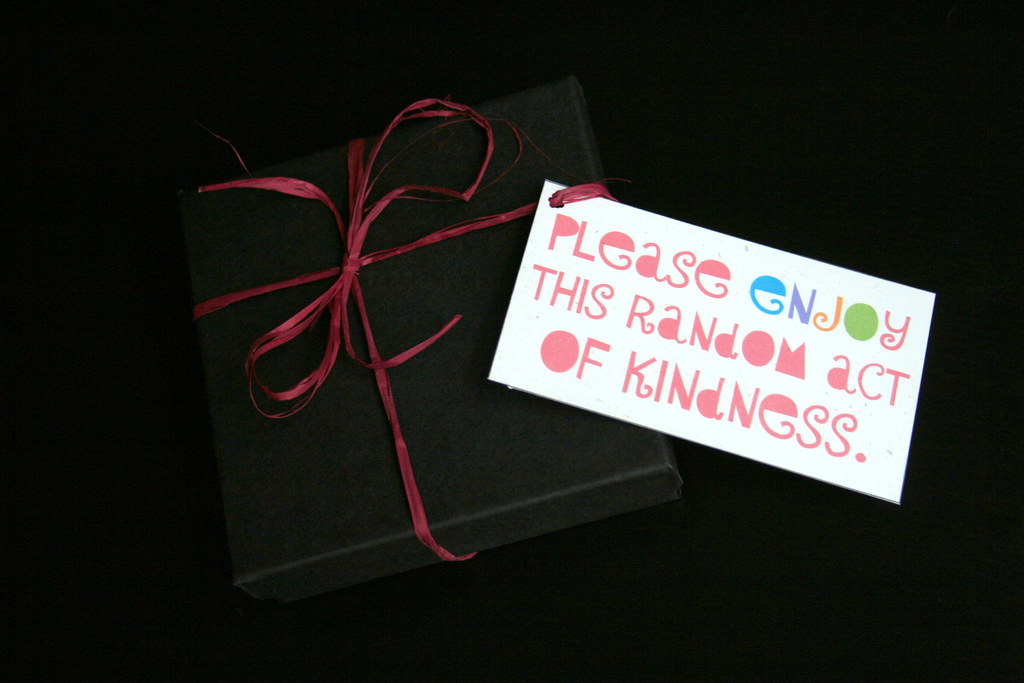Day 12: Gerardo Reye's Your Superpower Pitch
| Name: Gerardo Reyes Area/Discipline: Biology and Sustainability Sciences I am a teaching-focused faculty member that focuses on species conservation, community ecology, forestry management, and improving pedagogy in science. |
The Technique
Many students are apprehensive about oral presentations, whether it is in person or online. My technique focuses on developing strong presentation skills as a student "superpower."
The session starts with an introductory lecture that focuses on the general steps one would take to produce effective presentations. This associated exercise is meant to be a fun way to practice presentation skills in a low-risk, low-stakes environment. There are many benefits to this exercise as (1) it provides students an opportunity to practice without too much stress associated with the material contained within, (2) students receive feedback from each other that could be used to shape future presentations, and (3) limiting content to five slides helps students learn to be judicious about content and thus ensures that their presentations are clear, coherent, concise, and complete.
Peer review is critical to this process. Having students critique each other’s presentations allows students to view presentations from a teacher’s perspective and, hopefully, makes them reflect on how they can improve their own presentation skills. For example, a student can integrate behaviours and/or techniques into their own future presentations that other students utilized and that are suitable for their personality (as well as avoid those that may be problematic). The purpose of this assignment is to give students an opportunity to practice, critique, and develop their oral presentation skills prior to delivering higher-stakes presentations later during the semester.
This first presentation activity also helps students become more comfortable with the D2L online space to present material -- something they are heavily invested in.
How I Use It
I usually have students do this by Week 4 and make it worth 2% of the semester's grade.
This allows students to become a little comfortable with our learning environment prior to their first presentation and provides incentive for students to complete it. I once tried to do this as a voluntary assignment and only 3/4 of the students participated.
The procedure is as follows:
- I start with an introductory lecture on oral presentation skills.
- I share a 5-slide deck with students to begin the activity. It contains an outline of the task and a rubric.
- I do the activity myself to model the presentation -- although you don’t have to. This can be done via video creation ahead of time or via live streaming.
- I then post the presentation schedule so that everyone knows when they will present.
- After each presentation, the rest of the class provides feedback using the feedback form provided.[1]
- Students submit their feedback to the instructor via the assignment dropbox
Once this is compiled, the presenter receives the feedback from both instructor and students.
[1] Each student anonymously fills out feedback for each presenter. Leave enough time for this after each presentation. It should be made clear that the peer-assessment is not graded and that it is meant to help one’s peers improve: constructive criticism is the focus. Student have said that the feedback provided them with insight on what parts of oral presentations they are strong at and those they should work on. Only my assessment officially counts for this exercise, but you can change this if you wish. In my course, the peer assessments do not count to encourage honest feedback.
Timing: Approximately ten presentation cycles can occur during one live session. This allows a short discussion session for each presenter.
Feedback from Learners
- Students learners tend to jump in and want to deliver their presentation first!
- Question and answer sessions are often entertaining and so a joy to teach.
- Even our shy students have appreciated the practice in a low-risk environment.
- Some students even presented in costume!
A Short Task to Challenge You
On this final day, use the remainder of your lesson time to be an everyday superhero by executing a random act of kindness.
- Think of someone or some place worthy of a boost in spirits today.
- Pick a method to show them why they've come to mind. Just a few random act ideas;
- leave a positive review for a local business on their website or do a 'shout out' on social media
- do a favour for someone today
- hide a kind note for someone to find
- give something you no longer need to someone else
- return a shopping cart that is not your own
- be a good listener
- give a sincere apology
- send a thank you note - Implement your plan ;-)

"Random Acts of Kindness" by Courtney Dirks is licensed under CC BY-NC-SA 2.0
One Final Task
Is this something you can use in your classroom? How might you utilize it? If you want to share your results on social media, please let us know by using the hashtag #12techLUDay12.

